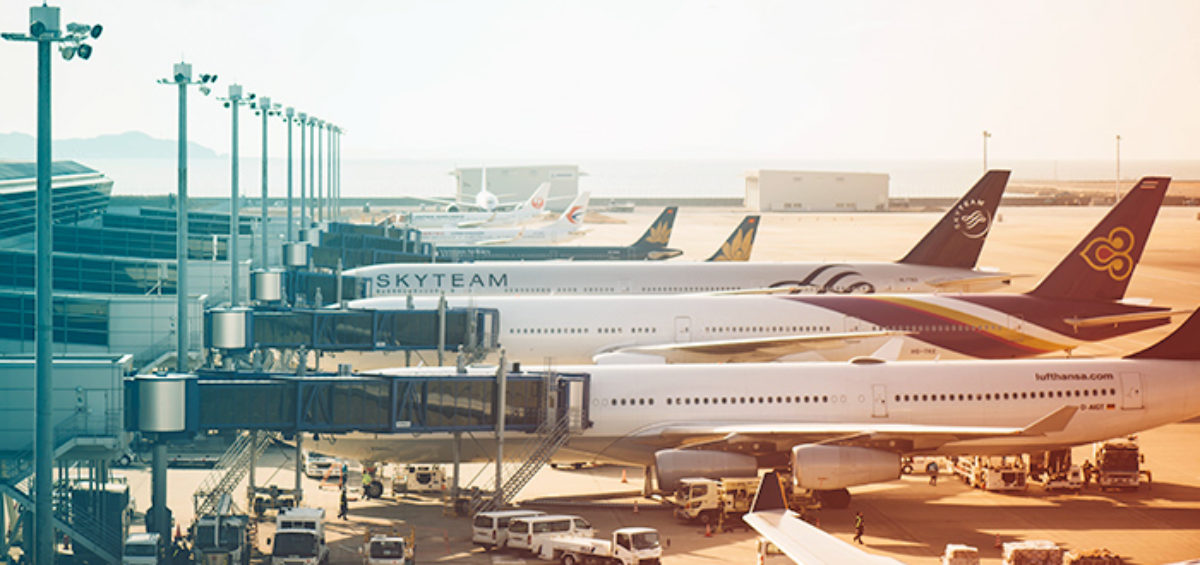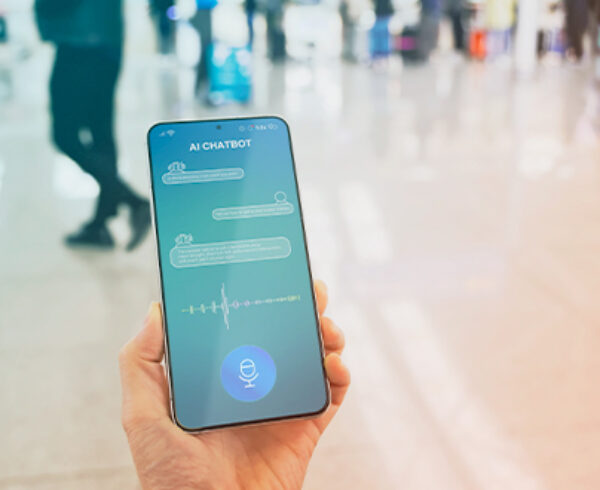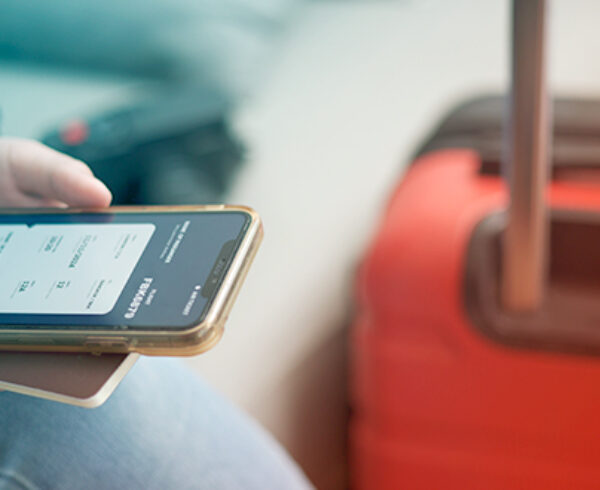Nothing thwarts business trips faster than flight cancellations. Canceled flights and flight disruptions, in general, can prevent you from getting to important meetings on time, and they can also leave you stranded in strange cities when all you want to do is get home and sleep in your own bed.
But what is the best way to avoid flight cancellations? New data made available by the U.S. Department of Transportation shows that some cities are more likely to experience airport cancellations than others.
Here’s a look at airports where the greatest number of flights and the greatest percentage of flights are canceled, as well as tips for travel managers who are helping their team members avoid cancellations.
Atlanta: 2017’s Flight Cancellation Capital
The raw flight cancellation numbers from 2017 show that Atlanta’s Hartsfield-Jackson International experienced 5,419 canceled departures — by far the largest number in the country. But an overriding factor in Atlanta’s dubious distinction is a massive power outage that crippled the airport in December 2017.
Chicago O’Hare came in second on the list with 3,719 canceled departures, followed by Houston’s George Bush Intercontinental (3,529), San Francisco International (3,299) and New York’s LaGuardia (3,018). Houston, of course, also experienced a rough 2017 as Hurricane Harvey led to a larger-than-usual number of cancelled departures.
The Worst Airports for Cancellations by Percentage
According to the Department of Transportation, about 1.5% of all scheduled flights end up canceled. That’s good news for your travelers, as it’s highly unlikely they will experience a full cancellation.
This percentage from the Department of Transportation serves as a good baseline for a better analysis of airport cancellations. For example, while Atlanta experienced more flight cancellations than any other airport, only 1.49% of its total flights in 2017 were cancelled — making it better than average by percentage.
New York’s LaGuardia was actually the worst airport by percentage, with 3.23% of all 2017 flights ending in cancellation. Here’s a look at the 20 worst airports for cancellations, ranked by percentage of flights cancelled in 2017:
| Airport | Cancellation by % |
| New York’s LaGuardia Airport | 3.23% |
| Houston’s George Bush Intercontinental | 2.73% |
| Fort Lauderdale-Hollywood International | 2.7 % |
| Newark Liberty International | 2.57% |
| New York’s John F. Kennedy International | 2.2% |
| Boston’s Logan International | 2.12% |
| Ronald Reagan Washington National | 2% |
| Orlando International | 1.97% |
| San Francisco International | 1.89% |
| Baltimore/Washington International Thurgood Marshall | 1.71% |
| Philadelphia International | 1.64% |
| Hartsfield-Jackson Atlanta International | 1.49% |
| Chicago Midway International | 1.42% |
| Chicago O’Hare International | 1.4% |
| San Diego International | 1.19% |
| Charlotte Douglas International | 1.12% |
| Dallas/Fort Worth International | 1.03% |
| Los Angeles International | 0.98% |
| Detroit Metro Wayne County | 0.94% |
| Las Vegas’ McCarran International | 0.9% |
When traveling to cities at the top of this list, you’ll want to check your flight status often. Or, to be safe, find a way to avoid cities at the top of this list altogether.
How to Avoid Flight Cancellations
As a travel manager, a huge part of your job is ensuring that travelers get to their destinations as efficiently as possible — which means your job includes helping them avoid cancellations.
And you have 3 good options for doing just that. First, avoid the airports with the highest percentage of cancellations. For example, avoid connections through LaGuardia whenever possible, and choose to fly in or out of Kennedy or Newark if departing from or traveling to New York City. (Kennedy and Newark aren’t stellar, but they are far better than LaGuardia if New York can’t be avoided.)
The second option is this: Schedule flights as early in the day as possible. According to FiveThirtyEight.com, flight cancellations, delays and diversions are at their lowest early in the morning. The likelihood of a passenger experiencing a cancellation, delay or diversion steadily grows until 6 p.m., at which point it begins to taper off toward midnight. It’s not always possible to fly first thing in the morning. But, in cases that demand an “on-time” flight status, your best bet is booking departures as early as possible.
The third and final option is working with a quality, experienced travel management company. Travel management companies exist in large part to provide trip disruption assistance that helps companies and their team members avoid the hassle of cancelled flights.
Discover the Common Sense Approach to Business Travel
As a travel manager, you know to help travelers avoid flights and airports that are known for cancellations. That’s just common sense. And, at JTB Business Travel, common sense is the driving force behind our services as a comprehensive corporate travel agency.
One of our product is trip disruption assurance, which includes rebooking travelers and helping them avoid lengthy waits in line to ensure they arrives at their destinations as close to on-time as possible.
So much can go wrong on a work trip: bad weather, mechanical issues, overbooked flights, missed connections and more. Our team continuously monitors the weather and flights behind the scenes so that we can quickly provide attractive alternatives when your team members need them.
Contact us today to learn more about trip disruption assurance and our common sense approach to business travel.















I really enjoyed your blog. Thanks for sharing such an informative post.